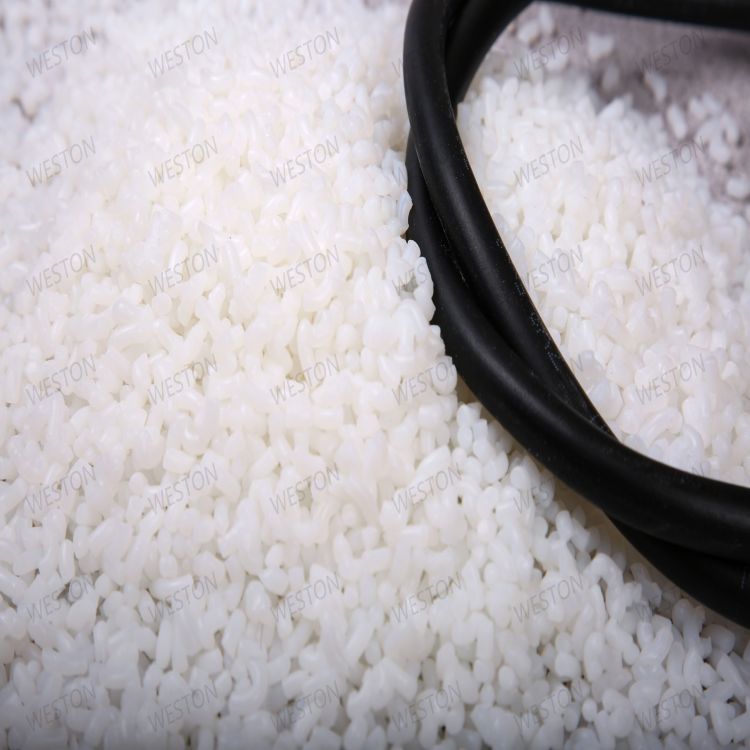-
Categories
-
Pharmaceutical Intermediates
-
Active Pharmaceutical Ingredients
-
Food Additives
- Industrial Coatings
- Agrochemicals
- Dyes and Pigments
- Surfactant
- Flavors and Fragrances
- Chemical Reagents
- Catalyst and Auxiliary
- Natural Products
- Inorganic Chemistry
-
Organic Chemistry
-
Biochemical Engineering
- Analytical Chemistry
- Cosmetic Ingredient
-
Pharmaceutical Intermediates
Promotion
ECHEMI Mall
Wholesale
Weekly Price
Exhibition
News
-
Trade Service
The manganese subgroup is the element of group VIIB in the periodic table, including three elements of manganese (Mn), tin (Tc) and rhenium (Re)
.
The valence electron structure of the manganese subgroup element is (n-1)d 5 ns 3 , and the highest oxidation state is +7
Manganese minerals mainly include pyrolusite MnO 2 , black manganese Mn 3 O 4 , bixbyite MnO, rhodochrosite MnCO 3 , and these minerals are all formed by weathering of silicate deposits
.
The colloids of weathered products and metal oxides such as iron are washed into the sea, and gather in the sea and compress on the seafloor to form a large number of manganese nodules, generally containing 15% to 30% manganese
Rhenium appears in trace amounts in molybdenum ore (molybdenite MoS 2 ), and its mass fraction in the crust is only 4×10 -6 %
.
Manganese element
1.
Extraction of Manganese
Pyrolusite is reduced with carbon at high temperature to obtain metallic manganese with low purity
.
MnO 2 +2C=Mn+2CO
Electrolysis of MnSO 4 solution can obtain metallic manganese with a purity of 99.
9%
.
Metal manganese can be prepared from manganese oxides using thermite reaction
.
MnO 2 and Fe 2 O 3 are mixed and reduced with carbon at high temperature to obtain Mn-Fe alloy.
Manganese can increase the hardness of steel
2.
The properties of manganese
Lump manganese is silvery white, and powder manganese is gray
.
Manganese is mainly used in the manufacture of alloy steel and "purifying agent" for metal smelting
The element potential diagram of manganese under acidic conditions is as follows:
Manganese is relatively active and is a non-passivating metal.
It reacts with non-oxidizing dilute acid to release hydrogen
Manganese is similar to magnesium .
It dissolves in hot water to generate Mn(OH) 2 and releases hydrogen , but it is insoluble in cold water
.







